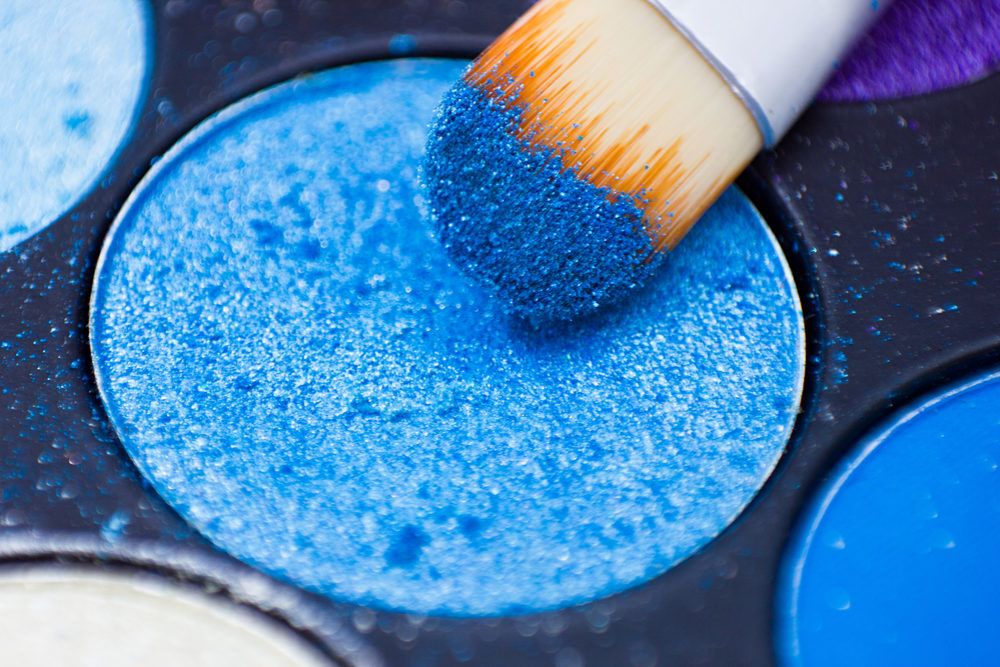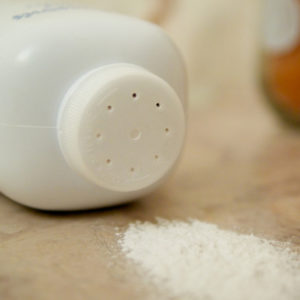FDA Reports That It Found No Asbestos in Talc Products Sold for Cosmetic Purposes in 2023
In response to continuing concerns about the health risks linked to asbestos in talc-based products, the FDA plans to implement new regulations that will establishing testing standards.

Following the discovery of asbestos in Johnson’s Baby Powder bottles several years ago, the U.S. Food and Drug Administration (FDA) has been testing samples of cosmetic talc-based products sold in the United States. However, none of the products sampled last year had evidence of contamination.
Asbestos is a toxic substance, which has been linked to the development of respiratory illnesses, lung cancer, mesothelioma and other life-threatening injuries. Although most forms of the fiber have been banned for decades, it has been found in several talc-based cosmetic products, leading the FDA to form the Interagency Working Group on Asbestos in Consumer Products (IWGACP) in late 2018.
The group released the results of 2023 testing for talc-based cosmetics on April 5, indicating that at least 50 products were sampled last year, and none contained evidence of asbestos.

Learn More About
Talcum powder or talc powder may cause women to develop ovarian cancer.
Learn More About this Lawsuit See If You Qualify For CompensationAccording to the FDA, an independent testing lab, AMA Analytical Services, Inc. used Polarized Light Microscopy (PLM) and Transmission Electron Microscopy (TEM), to conduct the testing. These methods were recommended by the IWGACP in 2022, as being the most effective in detecting the presence of asbestos in talc. AMA has conducted the sample testing for the FDA since 2018.
“Cosmetic products were selected and purchased by the FDA, and then samples were blinded and transferred to AMA for analysis,” the FDA states. “The products were selected based on various factors including type of talc-containing asbestos product, price range, popular products on social media and in advertisements, products marketed to children, products marketed to women of color, and, if any, third party reports of potential asbestos contamination.”
The testing included root touch-up products, bronzing powders, blush, and other talc-based cosmetics by manufacturers like L’Oreal, Clairol, Dior and others.
The agency indicated that it intends to continue to create regulations establishing standardized testing requirements for detecting asbestos in talc-based cosmetic products.
Asbestos Exposure Risks
The EPA banned the last uses of asbestos in the U.S. last month, amid growing pressure and concerns over asbestos risks. Chrysotile asbestos was the last form of the chemical known to be imported, processed or distributed in the U.S. It was used to help disinfect drinking water and wastewater, and was widely found in a variety of products in the past.
The ban also puts in place stringent workplace safety measures to protect workers from asbestos exposure for any industry that has a phaseout period of longer than two years. It also includes rules for disposing of asbestos properly.
As a result of asbestos contamination, Johnson & Johnson currently faces faces thousands of Baby Powder lawsuits and Shower-to-Shower lawsuits, each involving similar allegations that users were not adequately warned about the risk of developing ovarian cancer, mesothelioma and other injuries associated with regular use of the talc-based powders.
Want a weekly update on top lawsuits, recalls & warnings?
"*" indicates required fields






0 Comments